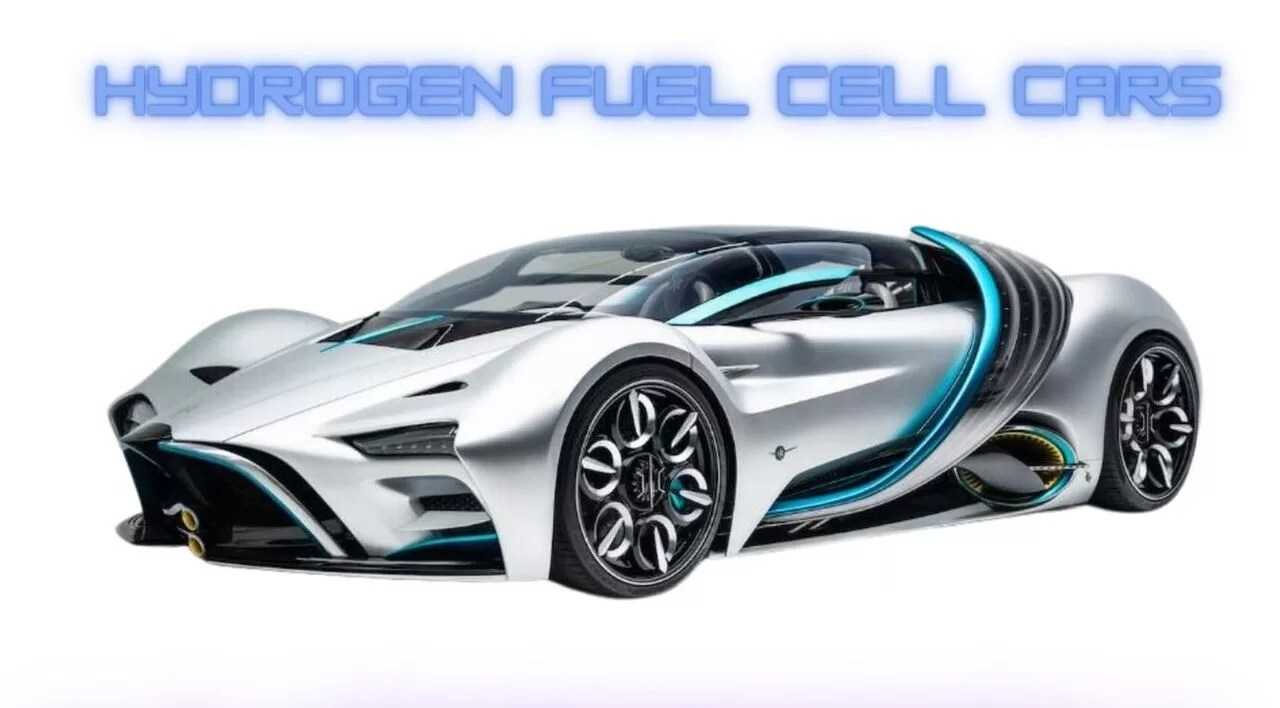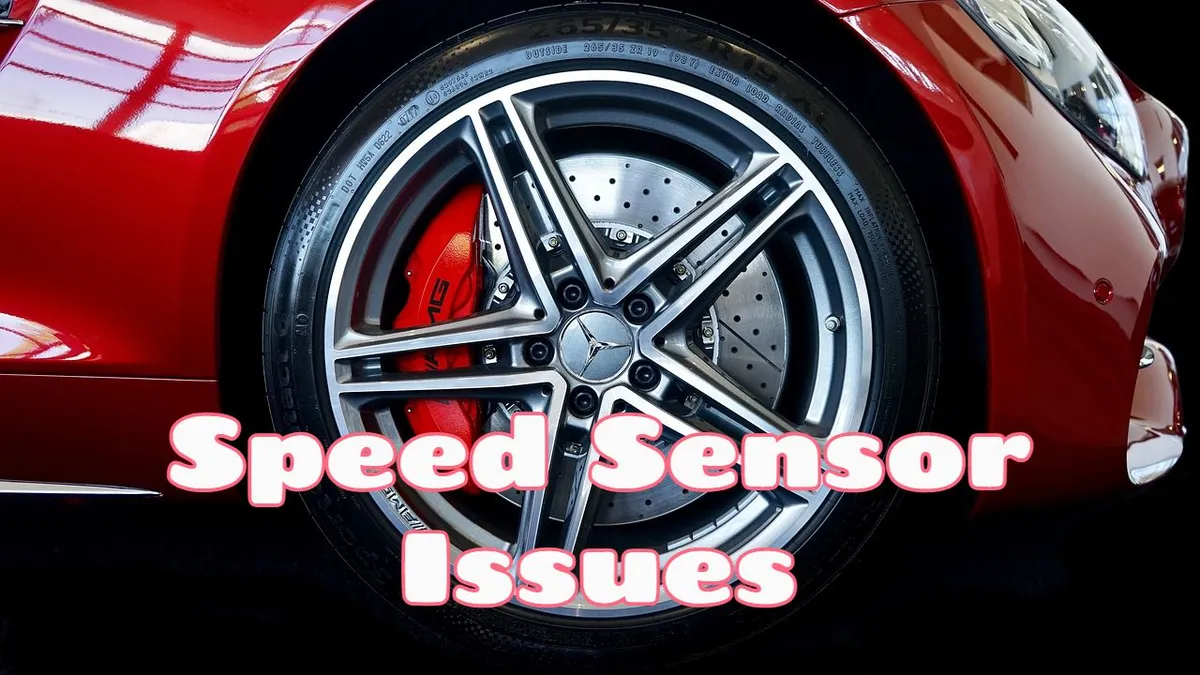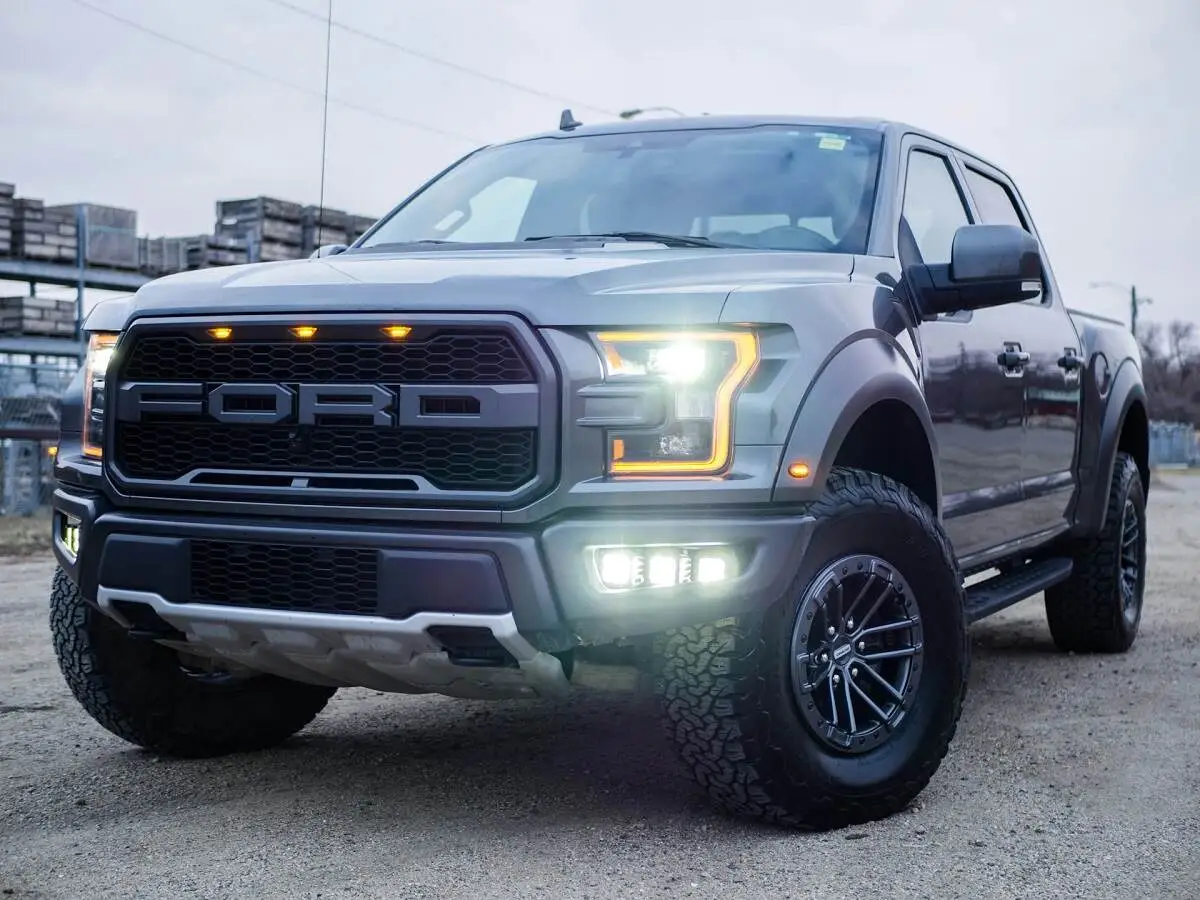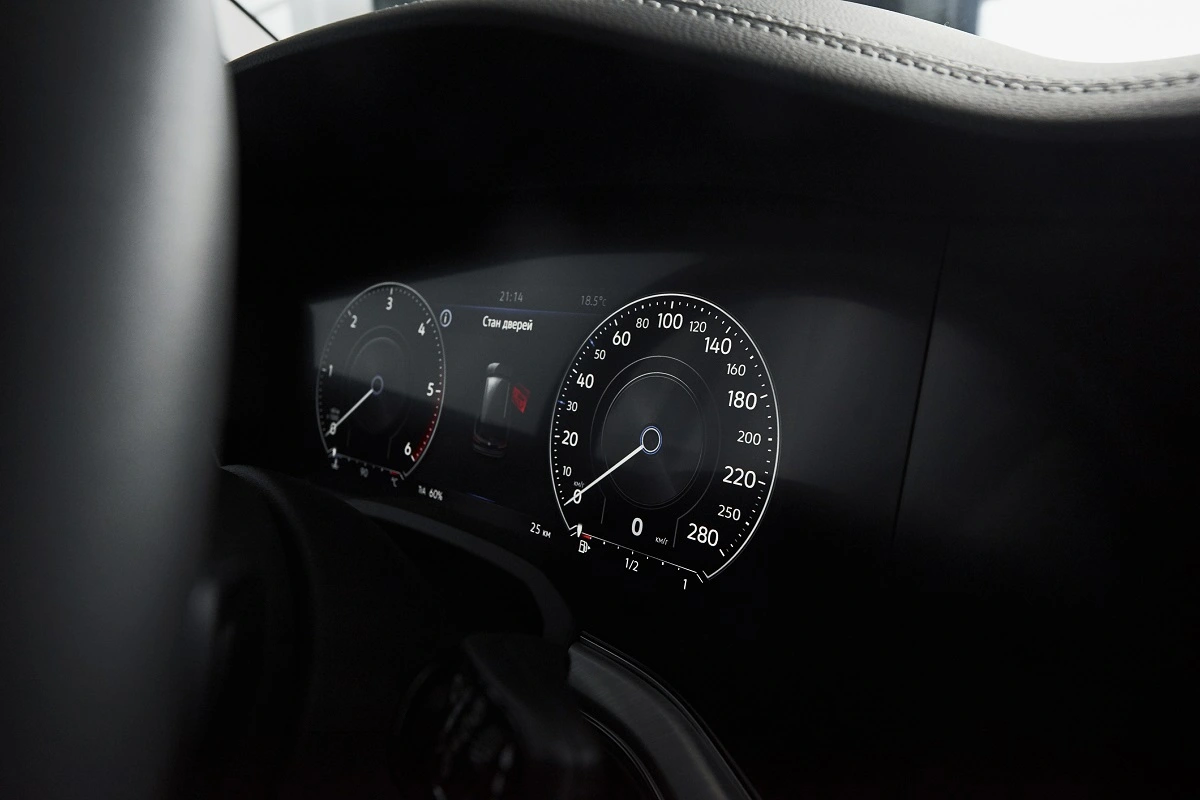A fuel cell automobile uses energy to operate, but it does it in a different way than a battery-powered or connected hybrid vehicle. In a fuel cell, electrochemical reactions between hydrogen atoms produce the energy needed to drive the car.
Hydrogen is used as the fuel for fuel cell-powered electric vehicles (FCEVs). They release just warm air and water vapor, which is less exhaust than cars with conventional internal combustion engines, and they are more efficient. Infrastructural development for hydrogen, which will power FCEVs, is still in its infancy. To make hydrogen-powered cars an accessible, secure, and ecologically responsible form of transportation, the U.S. Department of Energy directs research initiatives.
What Is the Hydrogen Process for Fuel Cell Electric Vehicles?
Fuel cell electric vehicles operate in a similar manner to all-electric cars by using electricity to drive an electric motor. FCEVs don’t just rely on a battery to generate energy as other electric cars do; instead, they also use a fuel cell that is driven by hydrogen. The size of the electric motor that a car manufacturer uses to generate electricity from a fuel cell and battery system that is the right size is what specifies the power of the vehicle during the vehicle design process.
How Hydrogen Cars Function
You should first be aware that hydrogen-powered vehicles are electric vehicles. We frequently associate electric cars (EVs) with battery-powered models like Teslas, Nissan Leafs, and Chevrolet Bolts, but hydrogen fuel cells really generate energy to power their vehicles, despite the fact that they operate on gas.
A fuel cell generates energy through electrochemical processes involving fuel (usually hydrogen) and airborne oxygen. Hydrogen and oxygen react to create electrical energy, with the byproduct of harmless water vapor. A complete vehicle can be moved if the first chemical reaction is powerful enough.
A battery’s design is comparable to that of a fuel cell. A catalyst that encourages the division of hydrogen atoms comes into contact with the hydrogen as it reaches the anode. The conductive current collector, which is linked to the high-voltage electronics of the automobile, collects the electrons and feeds them to the onboard batteries and/or the motors that drive the wheels.
Important Hydrogen Fuel Cell Electric Car Components
Fuel Tank: Hydrogen gas is kept in tanks with carbon fiber reinforcement as a source of fuel for the fuel-cell stack.
Battery: Regenerative braking energy is captured, adding to the electric motor’s output.
Stack of fuel cells: A large group of fuel cells that mix hydrogen and oxygen to produce energy and run the electric motor.
Electric traction motor: This motor moves the wheels of the vehicle by drawing energy from the traction battery pack and fuel cell. Several automobiles employ motor generators that serve as both drives and regenerators.
DC power: This mechanism transforms the higher-voltage DC power from the traction battery pack further into lower-voltage DC electricity used to run the vehicle’s accessories and charge the auxiliary battery.
Thermal system: The fuel cell, power electronics, electric motor, and other components can all operate at the right temperature range thanks to this technology.
Safety of Hydrogen Fuel Cell Cars
Gas Cell Both conventional autos and electric cars are equally safe. To guarantee that hydrogen-powered vehicles can be operated reliably and safely, as with every other Toyota, Toyota has spent a long time testing them in harsh environments. The multi-layer hydrogen tanks on the Toyota Mirai, for example, are so powerful they can even deflect a close-range gunshot.
We can find hydrogen anywhere, and it is harmless. In fact, it is more secure to handle than gasoline or diesel due to its widespread use, which accounts for 70% of the universe’s matter.
Hydrogen Fuel-Cell Vehicles: Pros and Cons
HFCVs share some of the same advantages as battery-electric vehicles: they are quiet, smooth, and serene to drive, and they only produce water vapor from their tailpipes instead of hazardous gases like carbon dioxide. They don’t have the same problem with charging time as EVs do; they can refill for a further 300–400 mile run in roughly five minutes.
Although there are certain drawbacks, the accessibility of hydrogen fuel is the biggest obstacle.
Pros
- Many drivers can handle short commutes with an all-electric range, can access home charging infrastructure, may extend the range for lengthy excursions with petrol engines, experience a lower cost per mile, and produce no vehicle emissions when operating in electric mode—these constitute some of the key benefits.
- There are only water vapor emissions from the car. comparable to nearly twice as much fuel efficiency as gasoline-powered automobiles.
Cons
- Some hybrids are substantially more expensive than comparable conventional vehicles. Some don’t get the gasoline mileage that consumers may anticipate, especially given the higher purchase price. They are viewed as too little and too late on a large scale, but significant cost reductions indicate that there will be a lot more of them. often greater sound from the engine. The present higher price of diesel fuel, along with additional emissions equipment, significantly offsets the savings through increased car prices.
- The majority of clean diesel calls for urea solution refills. Manufacturer warranties do not cover blends that contain more than 5% biodiesel.
FAQs
Are there any hydrogen fuel cell cars available?
Just the Toyota Mirai & Hyundai Nexo are available on the market right now as hydrogen vehicles, however, other manufacturers have displayed prototypes of additional kinds.
How much does a gallon of hydrogen fuel cost?
Although hydrogen fuel costs around $16 per gallon, or four times more than regular gasoline, it is far more efficient than regular fuel.
What is the downside of using hydrogen as a fuel for cars?
Compared to renewable-source electric power, hydrogen is less advantageous for light-duty road transportation. The environmental advantages remain the same, but refueling costs and network accessibility are improved.
Do hydrogen fuel cell cars have a future?
Hydrogen cars do have a future, but they won’t come quickly, and they won’t take the place of electric automobiles. In its place, hydrogen-powered vehicles will eventually be offered as an alternative to electric vehicles and complement them.
Conclusion
A possible replacement for the present vehicle fuels is hydrogen fuel cells. In essence, they combine the clean, efficient functioning of electric cars with the energy density and convenience of liquid fuels. There is no reason why hydrogen couldn’t attain the same level of convenience and appeal as diesel or gasoline in today’s transportation fuel landscape. However, the technology needs to improve several parts, such as effective onboard storage.
Also Read:
- The Best Features and Benefits of Toyota Hybrid
- 2022 Audi A7 Sportback | Interior, Functioning And Automation
- Tesla Model 3: All You Need To Learn About The Interior Features
- Are Smart Cars Safe | Reliability Of Smart Cars
- Audi Rs7 2021 Sportsback: Everything You Must Learn





You’re so awesome! I don’t believe I have read a single thing like that before. So great to find someone with some original thoughts on this topic. Really.. thank you for starting this up. This website is something that is needed on the internet, someone with a little originality!
Great information shared.. really enjoyed reading this post thank you author for sharing this post .. appreciated
Impressive insights, thanks for sharing this valuable information.
I am truly thankful to the owner of this web site who has shared this fantastic piece of writing at at this place.
Great information shared.. really enjoyed reading this post thank you author for sharing this post .. appreciated
You’re so awesome! I don’t believe I have read a single thing like that before. So great to find someone with some original thoughts on this topic. Really.. thank you for starting this up. This website is something that is needed on the internet, someone with a little originality!
I’m often to blogging and i really appreciate your content. The article has actually peaks my interest. I’m going to bookmark your web site and maintain checking for brand spanking new information.
I just like the helpful information you provide in your articles
very informative articles or reviews at this time.
This is my first time pay a quick visit at here and i am really happy to read everthing at one place
Pretty! This has been a really wonderful post. Many thanks for providing these details.